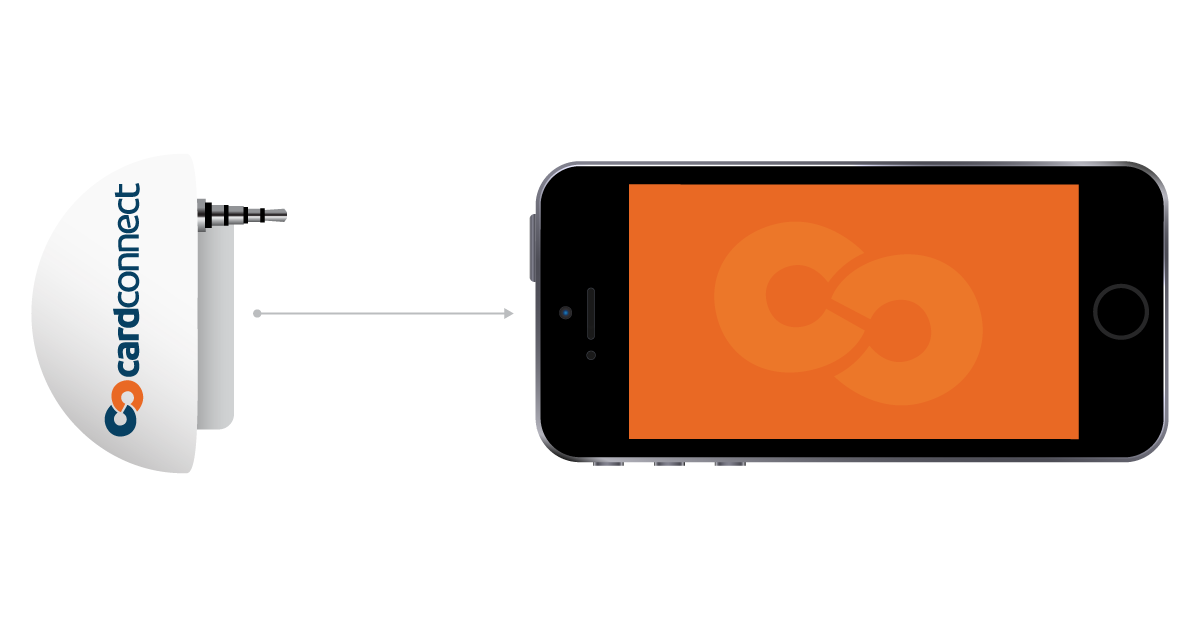A Look Into the Rise of mPOS

It’s no secret that mobile point of sale is big right now. It seems like everywhere you go, small businesses are outfitted with dongles fastened to tablets and smart phones. The appeal is clear. These portable, cloud-based solutions are generally attached to uncomplicated flat rate processing and the hardware comes at little or no cost to the merchant. Obviously mPOS is gaining popularity, but it’s more difficult than you might think to determine the actual rate of retail adoption. As popularity increases, providers are branching out from simple processing and focusing more on value-added services.
Many surveys currently suggest that retailer adoption of mPOS is around 40%, but as Business Insider recently pointed out, this number is likely closer to 30%. Adoption rates among retailers are lower than businesses in general for several reasons. One is that merchants without employees tend to use mobile POS systems in high numbers. These smaller vendors benefit from location flexibility, and costs are, at least upfront, generally less than legacy systems. BI’s research established that adoption rates in New York are actually lower than reported, and it’s not uncommon for small retailers to try out an mPOS system only to revert back to a legacy system. Additionally, it should be noted that retail doesn’t represent all mPOS adoption–it has also been utilized by construction, the arts, real estate, etc.
That said, mobile point of sale is still expected to reach almost 80% penetration by 2019 despite some of its criticism. It’s definitely disruptive, not to mention competitive.
Challenges for mPOS
Generally, mPOS companies target small businesses, as their systems don’t properly support the needs of larger organizations. Thus, small businesses have a higher adoption rate of mPOS than larger companies. While most businesses in the United States are considered “small businesses”, they don’t make up a large percentage of total revenue. More than half of the businesses in the US earn less than $5 million/year. 46% of businesses have zero employees, but generate just 2% of total revenue.
Why is this important? Because the majority of mPOS companies make their money from percentages of each transaction. If all of their customers are small businesses bringing in low revenue, the amount of money the company can bring in is extremely limited.
One of the main reasons mPOS was adopted so widely so quickly was that the hardware necessary to support it cost very little, so any merchant hesitant to put down the money for a legacy terminal jumped on board. Despite that fact, dongle businesses aren’t easy or cheap to run. They require a large and knowledgeable support staff. It’s for this reason that several companies have had to ditch their dongle business.
Alternative sources for revenue
In a word? Software.
mPOS provides a major service to small businesses, but as they start to evolve their needs grow. This is where inventory management software comes in, and mPOS companies are the perfect ones to provide it. Since mPOS already relies on a software component, it’s simple to tack on more complex features to offer a la carte for businesses that want to take advantage of them.
Functionality can include everything from payroll to labor management, sales analysis and reporting–even marketing efforts. With the right technology, companies with limited staff can have access to incredibly valuable data that they would have never had otherwise.
This is hardly a new concept—the transition towards more software-focused solutions has already begun. Since the mPOS boom, we have noticed our own merchants gravitating heavily toward solutions that offer options like analytics, inventory management, and apps custom-built for their type of business.
Point of sale, unplugged
One great example of a company taking full advantage of this opportunity is Instore. Their iPad point-of-sale system helps thousands of restaurants, bars, cafes, and more to accept payments smoothly. Their analytics software not only provides businesses with invaluable data, but it also allows for employee management, time keeping, and more. Merchants only need an iPad to get started—the hardware is provided free.
Another company taking mPOS by storm is Clover. Clover POS launched earlier this year with their stunning “tablet style” point-of-sale system, and recently they’ve gone fully mobile. Clover Mobile takes all the best parts of Clover POS and makes it wireless. Learn more here and sign up to be notified when Clover Mobile becomes available.

